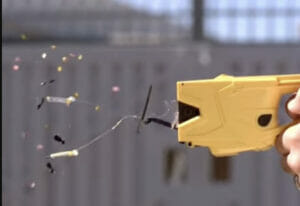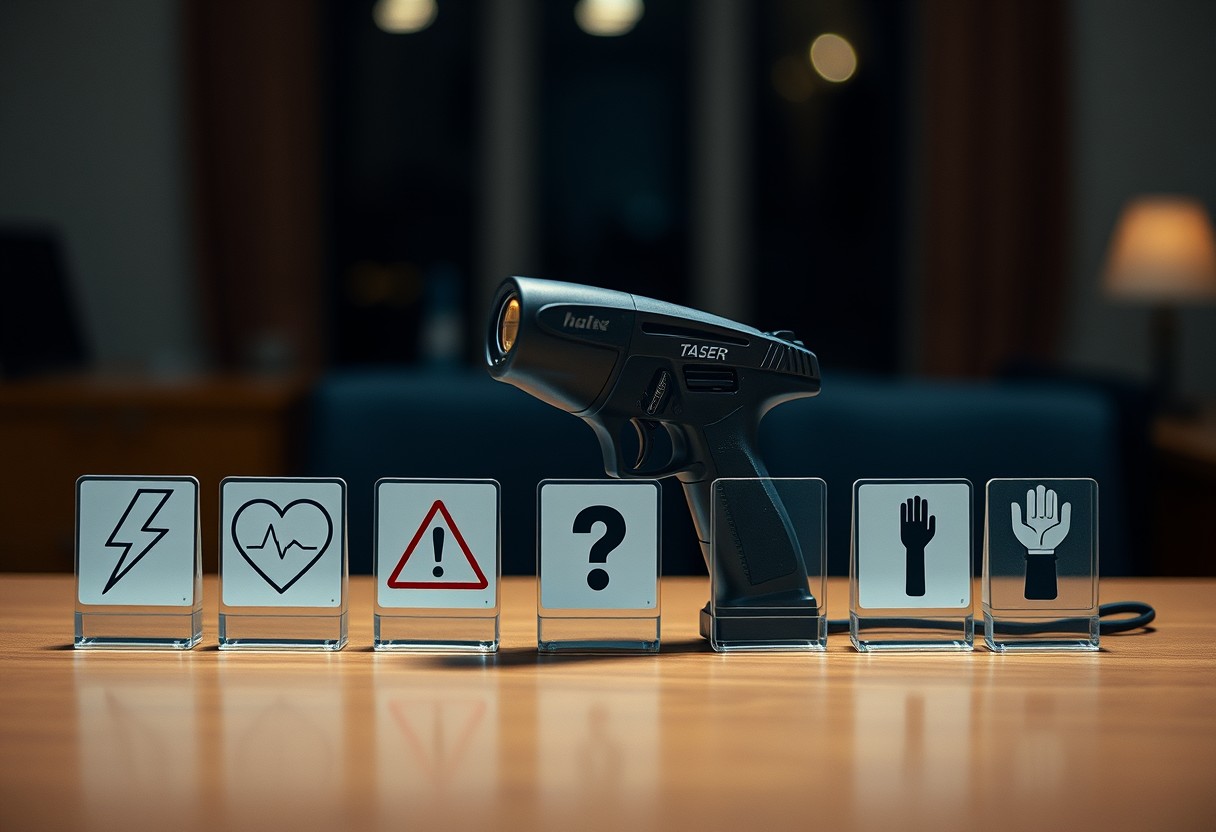There’s often a lot of misinformation regarding Taser guns, leading to confusion about their functionality and effectiveness. If you’re considering purchasing a Taser or simply want to understand more about this self-defense tool, it’s imperative to separate fact from fiction. Here, we debunk six common myths about Taser guns to equip you with the right knowledge.

Myth 1: Taser Guns Can Kill
One of the most prevalent myths is that Taser guns can cause death. While it’s true that a Taser can incapacitate a person, fatalities are very rare, and they typically result from pre-existing health conditions, drug use, or other external factors. It’s crucial to understand that Tasers are designed for self-defense and are generally safe when used properly.
Myth 2: You Need to Be a Police Officer to Own One
Many people believe that only law enforcement officers can own Taser guns. This is a misconception. In many jurisdictions, you can legally purchase a Taser for personal safety. However, before making a purchase, you should check your local laws, as regulations regarding ownership can vary from state to state.
Myth 3: Tasers Only Work on Huge Targets
Another myth you might hear is that Tasers are ineffective against larger individuals. In reality, Taser technology is designed to work on people of all sizes. The device fires two electrodes that can reach targets up to 15 feet away, allowing you to incapacitate an assailant, regardless of their size, as long as you aim accurately.
Myth 4: Taser Guns are Just Like Regular Guns
It’s easy to confuse Taser guns with conventional firearms, but they operate on entirely different principles. A Taser temporarily immobilizes a target using electrical current, while a firearm is designed to lethally harm. Tasers are primarily a non-lethal option for self-defense, aimed at disabling a threat rather than causing permanent harm.
Myth 5: You’re 100% Safe if You’re Armed with a Taser
While carrying a Taser can enhance your sense of security, it’s important to remember that it doesn’t guarantee your safety. Like any self-defense tool, proper training and situational awareness are vital. You should understand that using a Taser in self-defense situations requires good judgment and may not always be the appropriate response.
Myth 6: Tasers Don’t Require Maintenance
Some believe that Taser guns are maintenance-free, which is not true. Similar to any other self-defense tool, you need to ensure that your Taser is in good working order. Regularly check the battery life, test the device, and familiarize yourself with how to use it effectively. This preparation can make a significant difference in an emergency situation.
In the end, understanding the truth about Taser guns can help you make informed decisions. Don’t let myths cloud your judgment or influence your perception of these self-defense devices. With the right knowledge and responsible use, a Taser can be a powerful tool in ensuring your personal safety.

